LIFX Mini White Bulb (review)
I’m not rich by any stretch of the imagination, and even if I were, I doubt I’d have the tenacity to buy every HomeKit device available, let alone test and write reviews for them. That being said, it’s always one of my aims to try as many different brands as I can. LiFX is one of the brands I’ve been aware of since the start of this website, and up until now, I’ve not owned a single thing made by them. That all changed a few weeks ago when I started to think about where to expand upon the locations that my smart lighting needed to go next, and with a recent deal offered by LiFX, I snapped up the chance to buy a 4-pack of their basic LiFX Mini White smart bulbs.
Generally, much of the day-to-day lighting in the apartment is provided by straightforward warm white lights, which for the most part are the baseline Philips Hue Warm White bulbs. I’ve also got a few other bulbs dotted about that can do both ‘cool’ and ‘warm’ whites. The LiFX Mini White bulbs are on the ‘warm’ end of the white spectrum, so these suited the kitchen area fine for the purpose.
As the packaging is tubular, it’s hard to take pics of each ‘side’ as such, but there is a lot of info on the external packaging, so you’ll be in little doubt about what to expect. the front features the bulb, along with ‘natural, warm white’ and 2700K for the colour temperature. The next ‘side’ gives you a breakdown of the brightness (800lm*) along with typical energy costs per year. There’s also an indication that the bulb is dimmable. The ‘Rear’ shows logos for compatibility with the ‘big three’;
- Amazon Alexa
- Google Assistant
- Apple HomeKit, as well as
- Nest
If you delve into the LiFX app, you find that LiFX bulbs also work with a staggering amount of other devices and sub-platforms;
- Samsung’s SmartThings
- IFTT
- Logitech Harmony
- Microsoft Cortana
- Flic
- Logitech Pop
- Xfinity
- Stringify
- Yeti
- Yonomi
- Sisense
The Final ‘side’ just gives you some basics about the type of bulb, which is A19 size, with an E26 base, and that it uses w-fi for its method of connection to your network.
* One thing to note is that the packaging of the product I have indicates that the bulb is 800lm, but there is another version of the LiFX Mini White that is only 650lm, so it’s important to make sure you get the right one if a minimum level of brightness is important to you. You can find the 800lm version on Amazon.com HERE, or if you are ok with the 650lm version, which is also a bit cheaper, you can find it HERE.
Once out of the container, the bulb itself is held firmly from the base with a strong foam seat, which does a great job of not only keeping the bulb from actually touching the sides of the container but also prevents it from shifting vertically, due to the tight fit of the foam seat. Aside from the bulb, you get a small manual that includes the HomeKit Code.
It’s fair to say that LiFX has got their design concepts pretty locked down, and we’re not just talking about the packaging, but also their iconography. Their bulbs all have the same LiFX logo, with many featuring the subtle addition of a simple letter in a box, to show the respective designation. So, in respect of this bulb, we get the letter ‘W’ to indicate White, while their ‘Mini Day & Dusk’ features the letter ‘D’.
The required HomeKit code is also printed on the plastic base of the bulb housing, along with other technical info, so you should be safe, even if you lose the booklet. The other info shows that this bulb is capable of working from 100-240v, at 50/60Hz, so both the US and EU, as well as the rest of the world is covered, should fancy trying these out. The bulb is 9w, which is roughly equivalent to a standard 60w bulb.
Although this is called the ‘Mini’, to indicate its size, the diffuser is still actually the same, in terms of diameter, as other A19 bulbs. The overall height is shorter though, which is handy for light fixtures that require the bulb to be recessed, or ‘hidden’. In terms of the design of the bulb itself, when it comes to LiFX products, as with their packaging, they do think a little ‘out of the box’ in some ways, and this bulb is no exception. The design is subtle, but with a distinct shape, and really quite modern looking. Their larger bulbs take this a step further with their ‘flattened’ design, so it’s nice to see companies taking a fresh approach to the iconic bulb shape, albeit in a modest way. As you can see below, the Mini is approximately 20% shorter than a standard bulb, although there’s only a little difference in height when compared to the Sylvania smart bulb, demonstrated below.
If I’m setting something up to work with HomeKit, I tend to go straight to the Home app, and when it comes to these bulbs, you can do that without having to bother with the LiFX app. It would be wise to get the app nonetheless, as there’s almost certainly going to be a firmware update available, either there and then or at a later point. Adding to HomeKit was (surprise, surprise) very straightforward and trouble-free for all three bulbs that I installed, and once they were fitted in the kitchen area, initial tests showed them to be very responsive, smooth in terms of adjusting the brightness, and so far, very reliable. I’ve heard some very negative things from some users regarding LiFX in general, so I was half expecting issues from the start, but these are fairly close to the router, which already kicks out a powerful signal, so it may be that some people have been suffering due to network issues. As I need to take into account users that either don’t have a smartphone or just prefer a button to control the lights, I’m using them in conjunction with an Aqara double rocker wireless switch, which is HomeKit compatible via the Aqara Hub. The model I’m using only has single actions for both buttons, so careful automations have allowed me to use one of the buttons as an on/off switch, with the other button controlling some Yeelight bulbs. I won’t go into detail right now with the Aqara rocker switch, but safe to say, it’s great that I can control HomeKit and non-HomeKit bulbs all within one device.
I mentioned earlier that LiFX has these listed on their site as being capable of 650lm of light, while the packaging on the bulbs I have here has them listed as 800lm. It may be that the bulbs I have are an older model (hence the deal I got perhaps), with the newer models having had their lumen output reduced. To check whether I was getting the advertised lumen output, I did a totally ‘on the fly’ test, by comparing them to two other bulbs that have the same basic features – so, in this case, we’re looking at the LiFX Mini, the Sylvania Smart+ Dimmable BT bulb, and the Philips Hue Warm White bulb. All are 800lm or thereabouts, and sit at 2700k for the white spectrum.
As you can see from the images above, their white ‘colour’ does vary, but of the three, I would say the LiFX appears to be slightly brighter than the Hue and possibly on a par with the Sylvania.
so wrapping up, I would say that so far, any misgivings I had, after hearing the complaints I’d come across, have not come to pass, and they’ve been very well behaved. I’ve got them set to only 70% in the kitchen as they’re actually brighter than necessary for where they’re placed, so, all in all, I’m really quite happy with them, but only time will tell ultimately as to how reliable they will be in the long term.

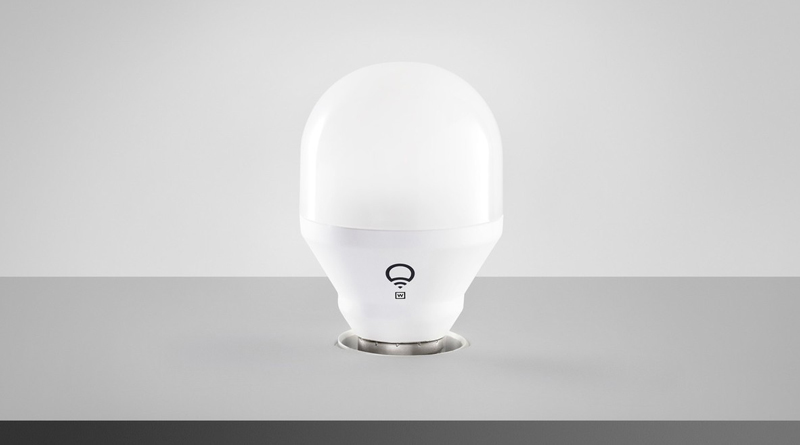
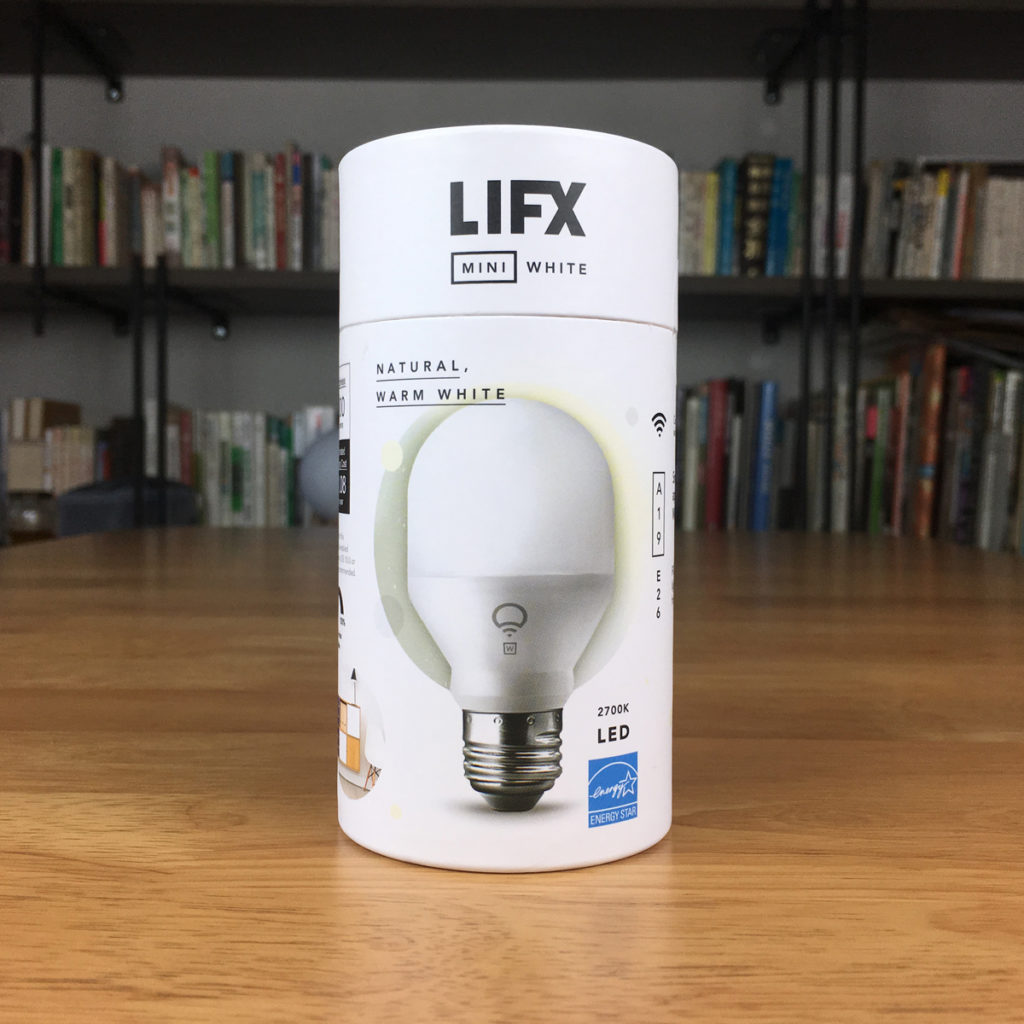
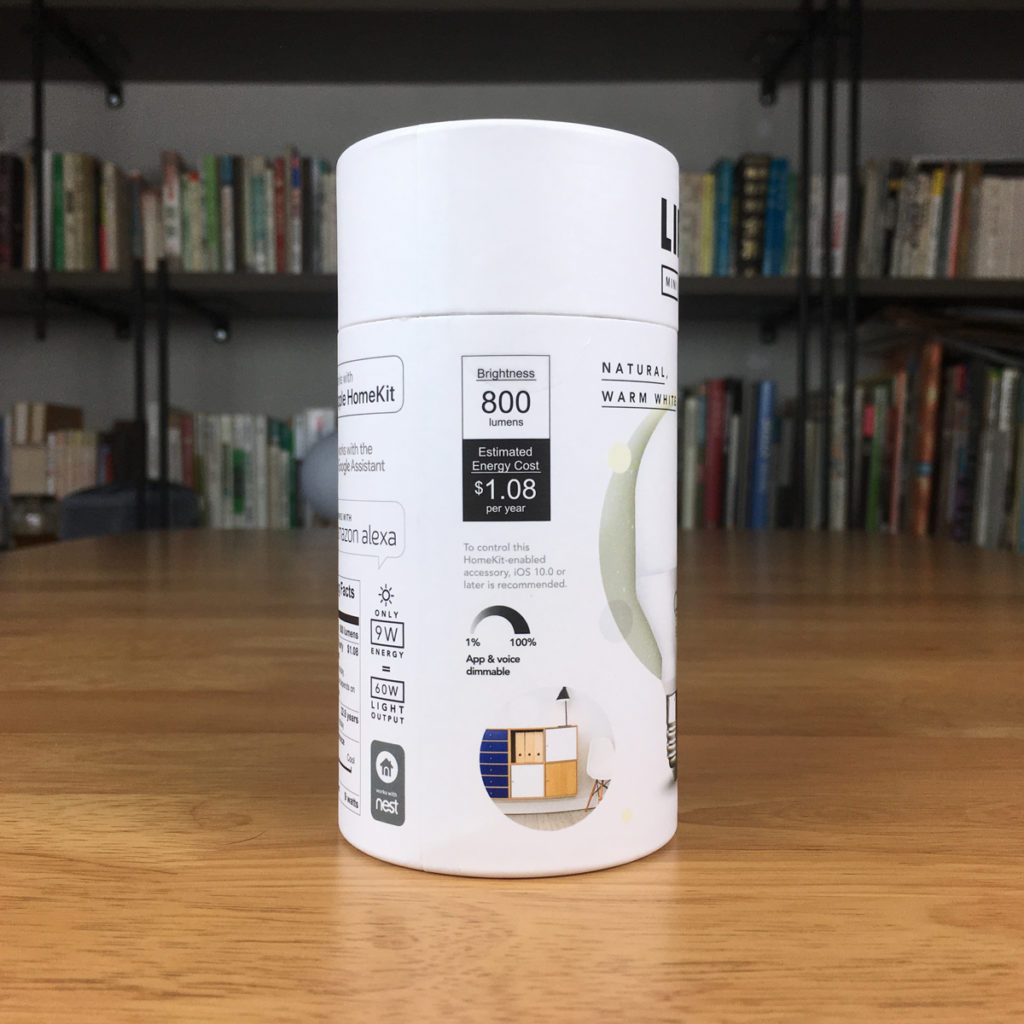
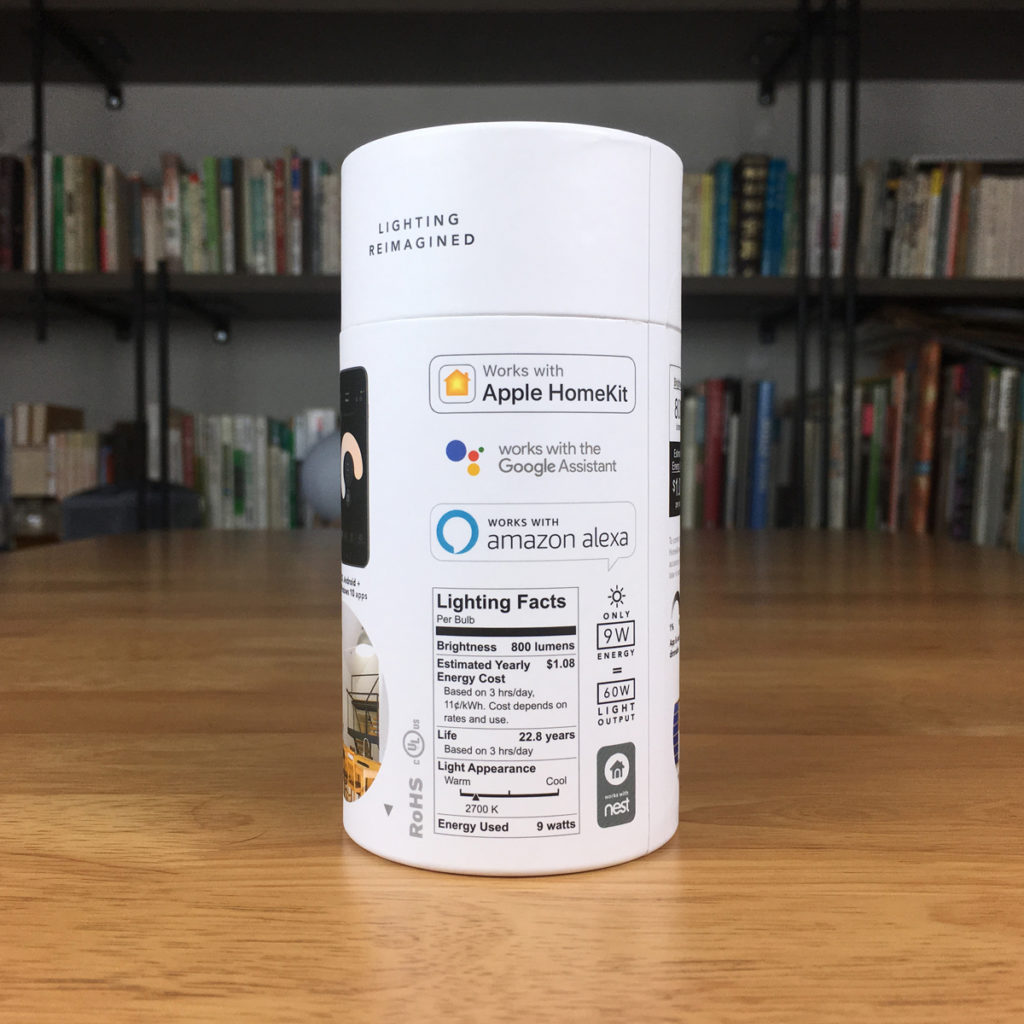
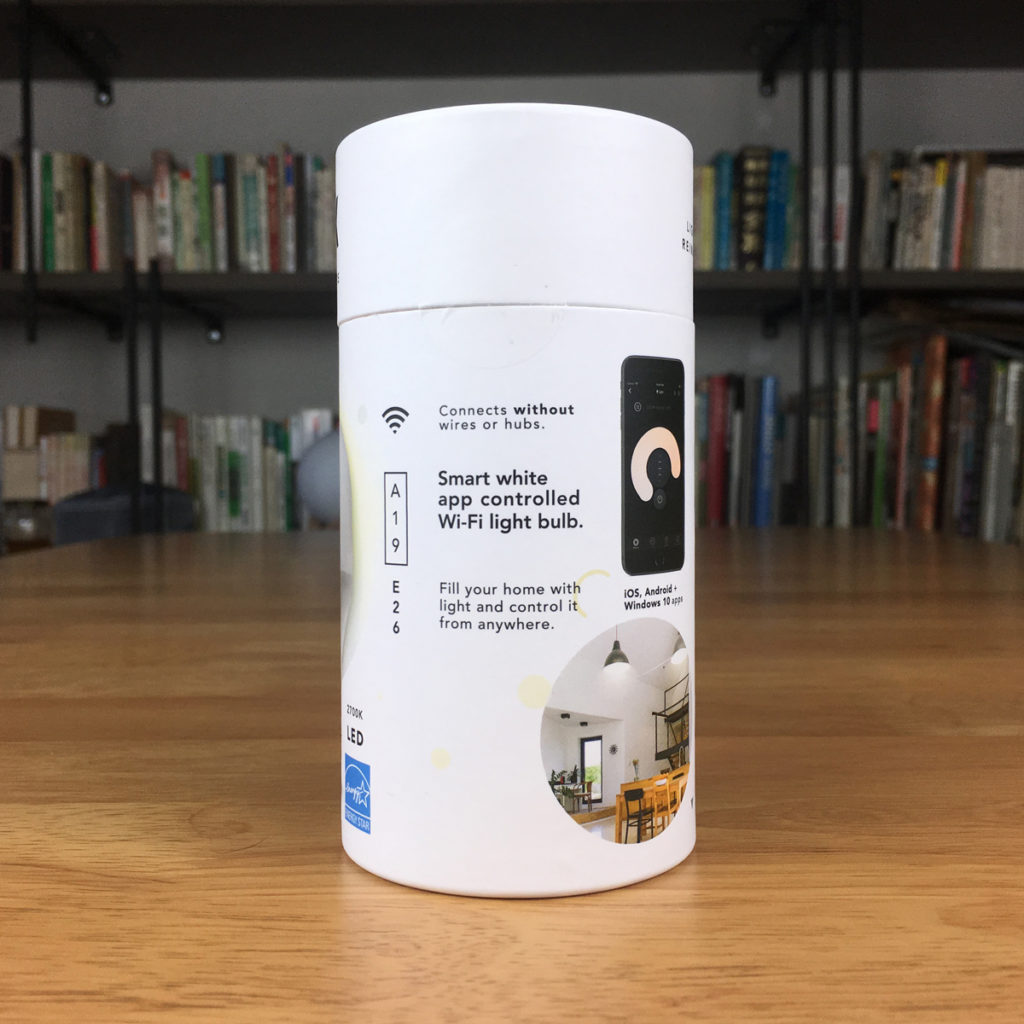
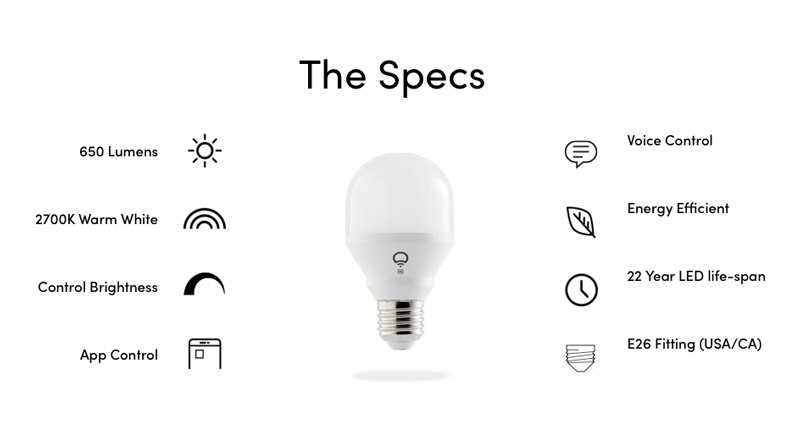
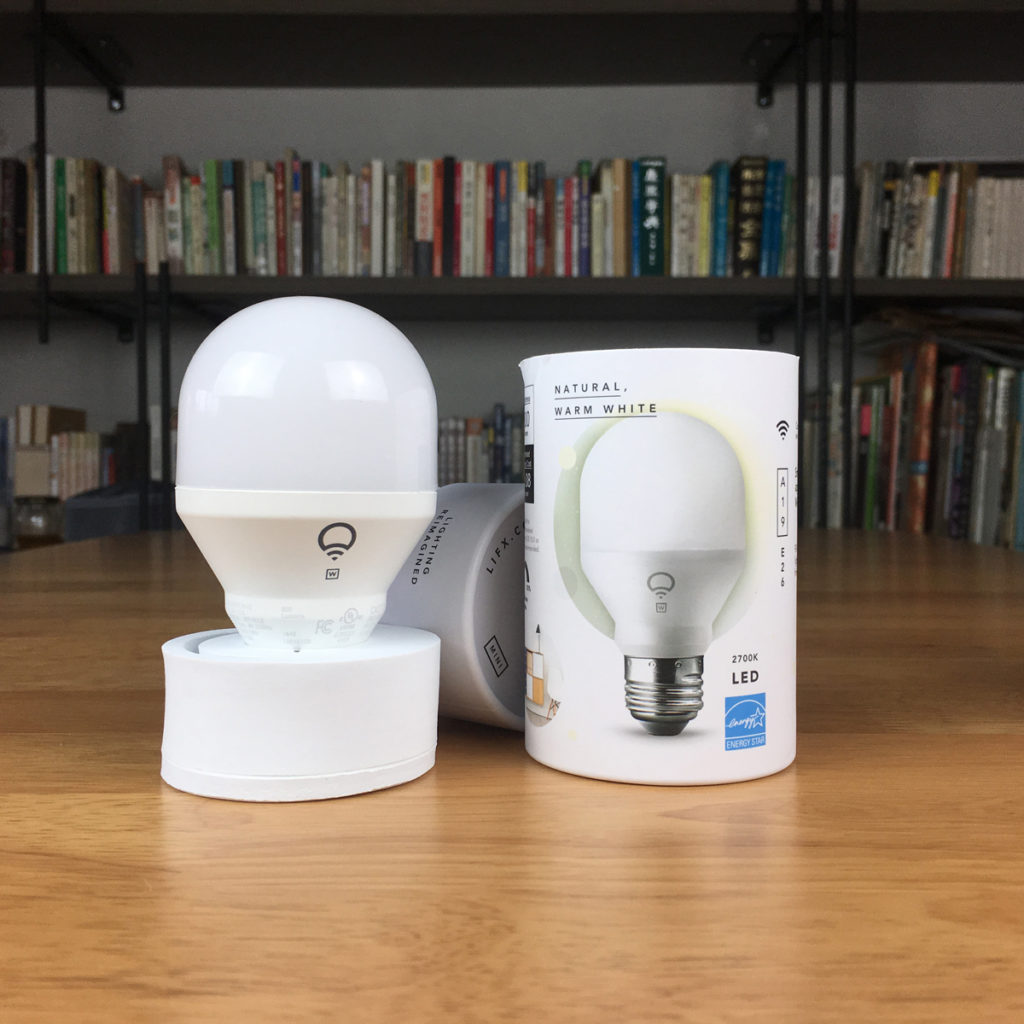
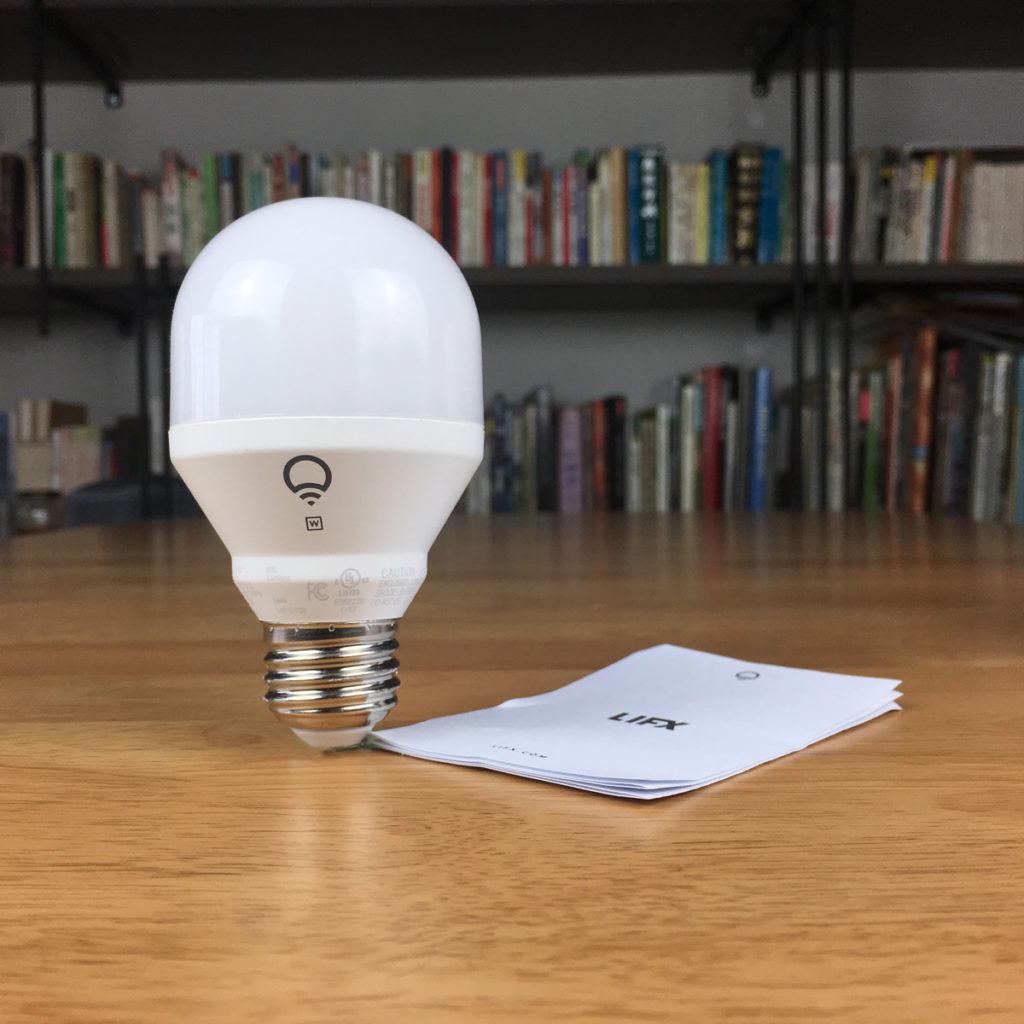
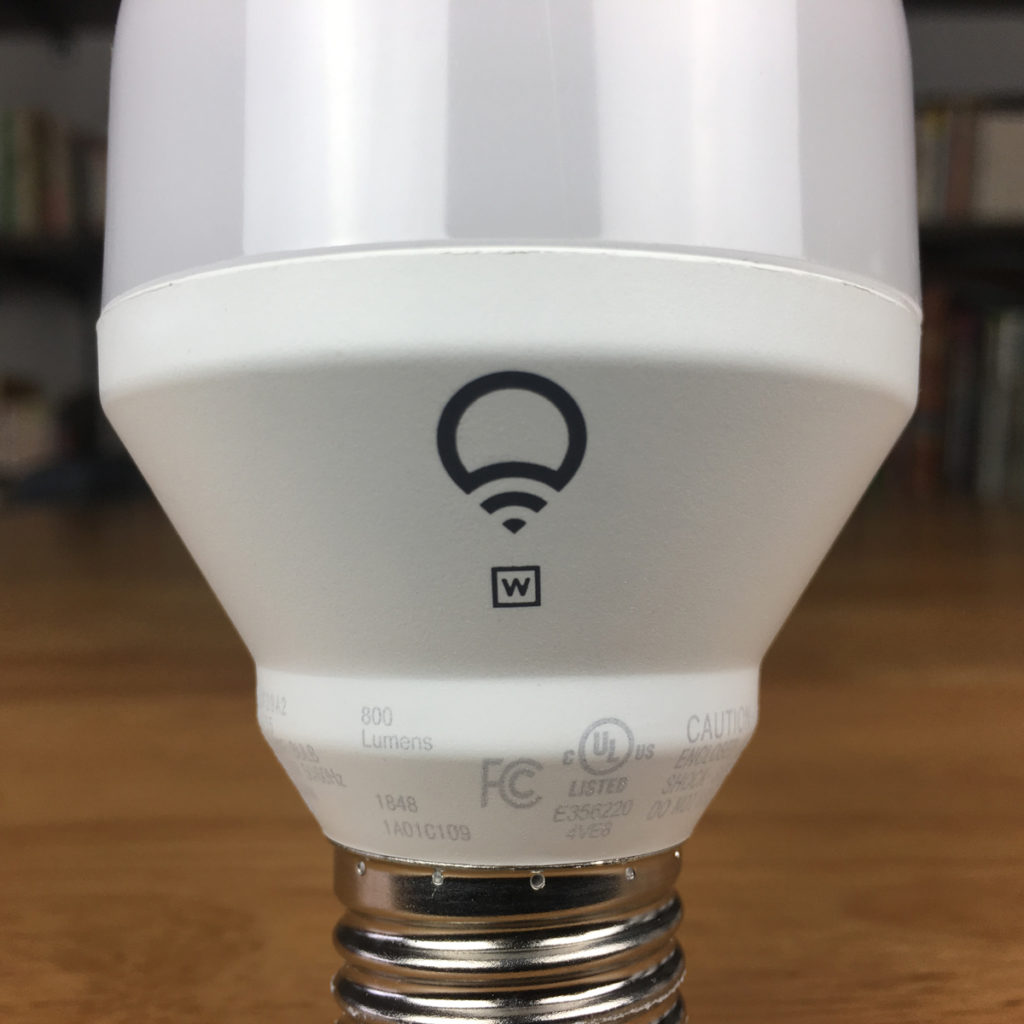
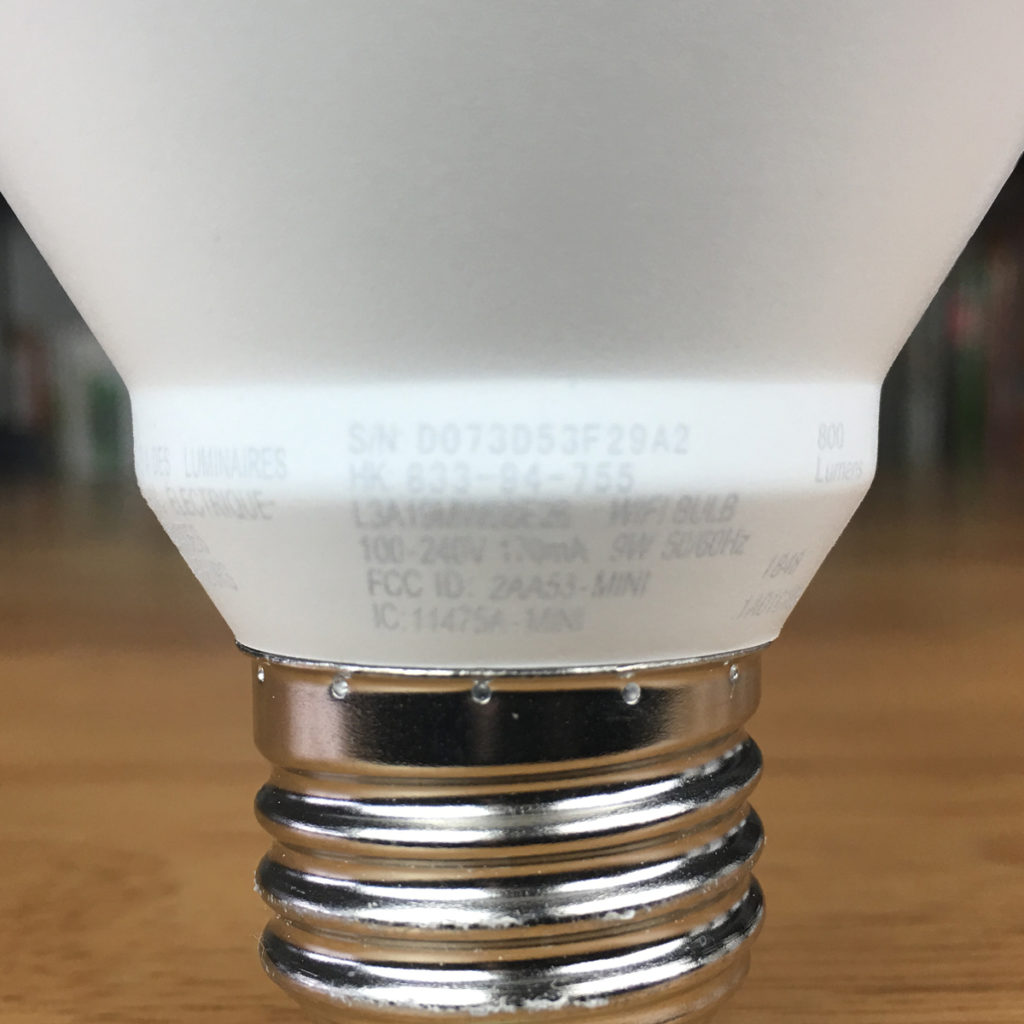
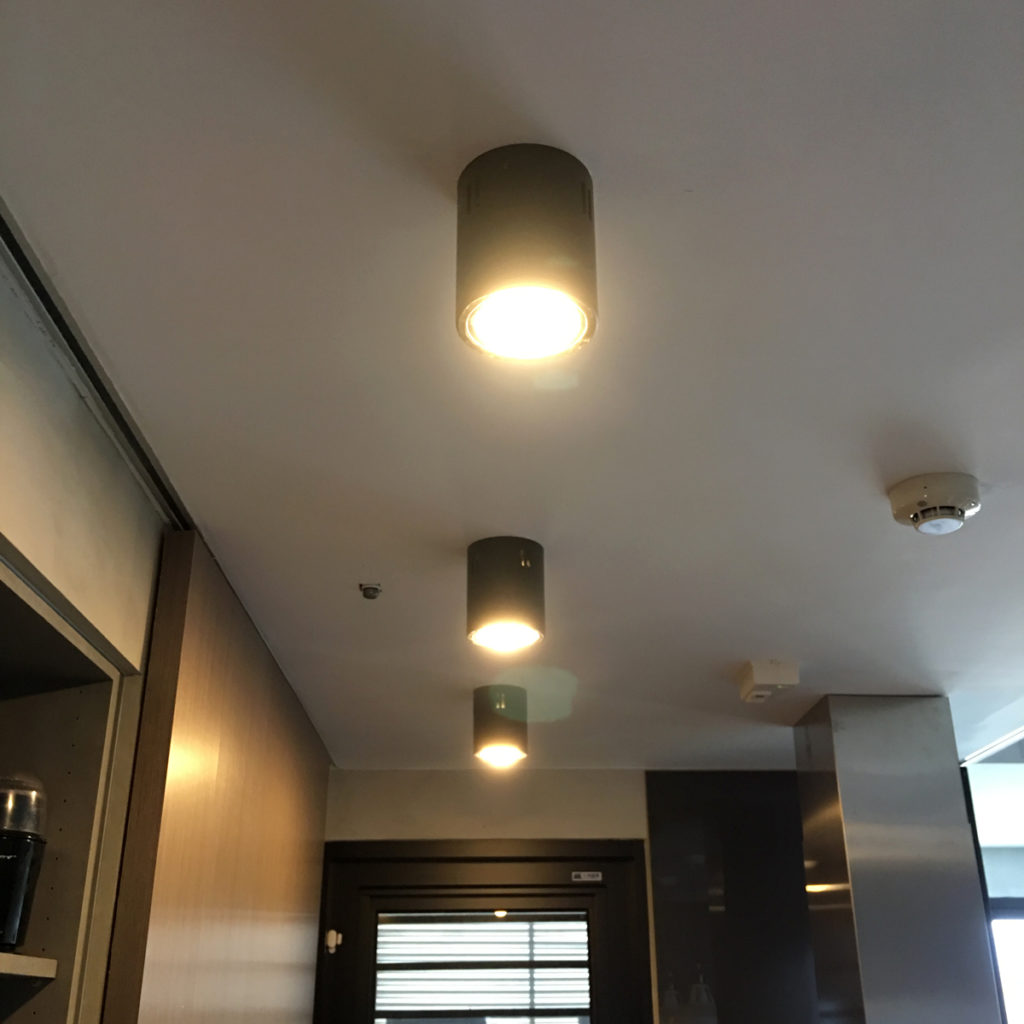
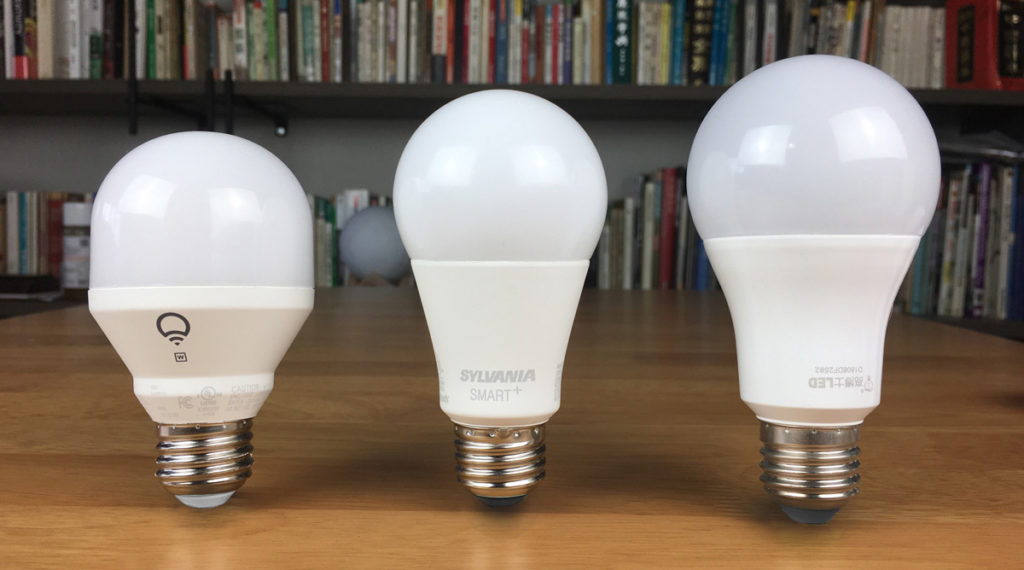
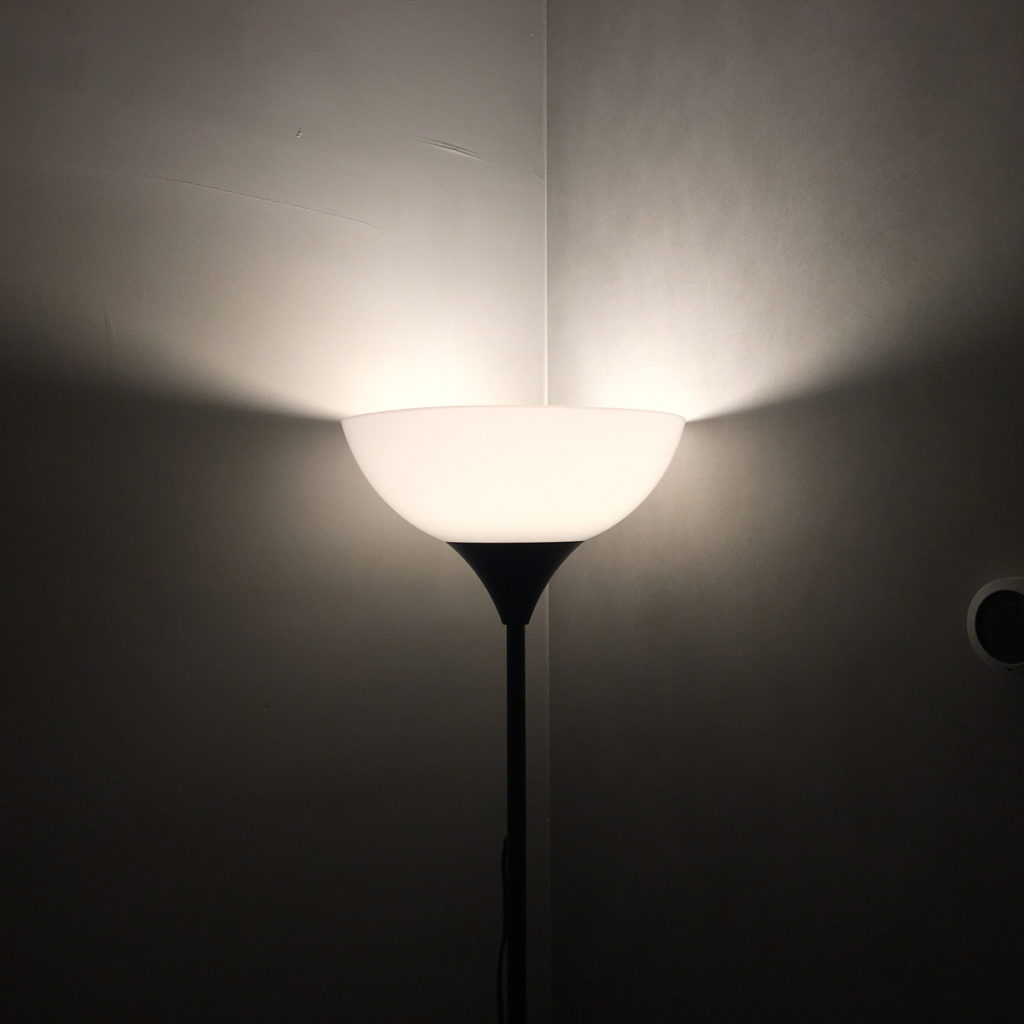
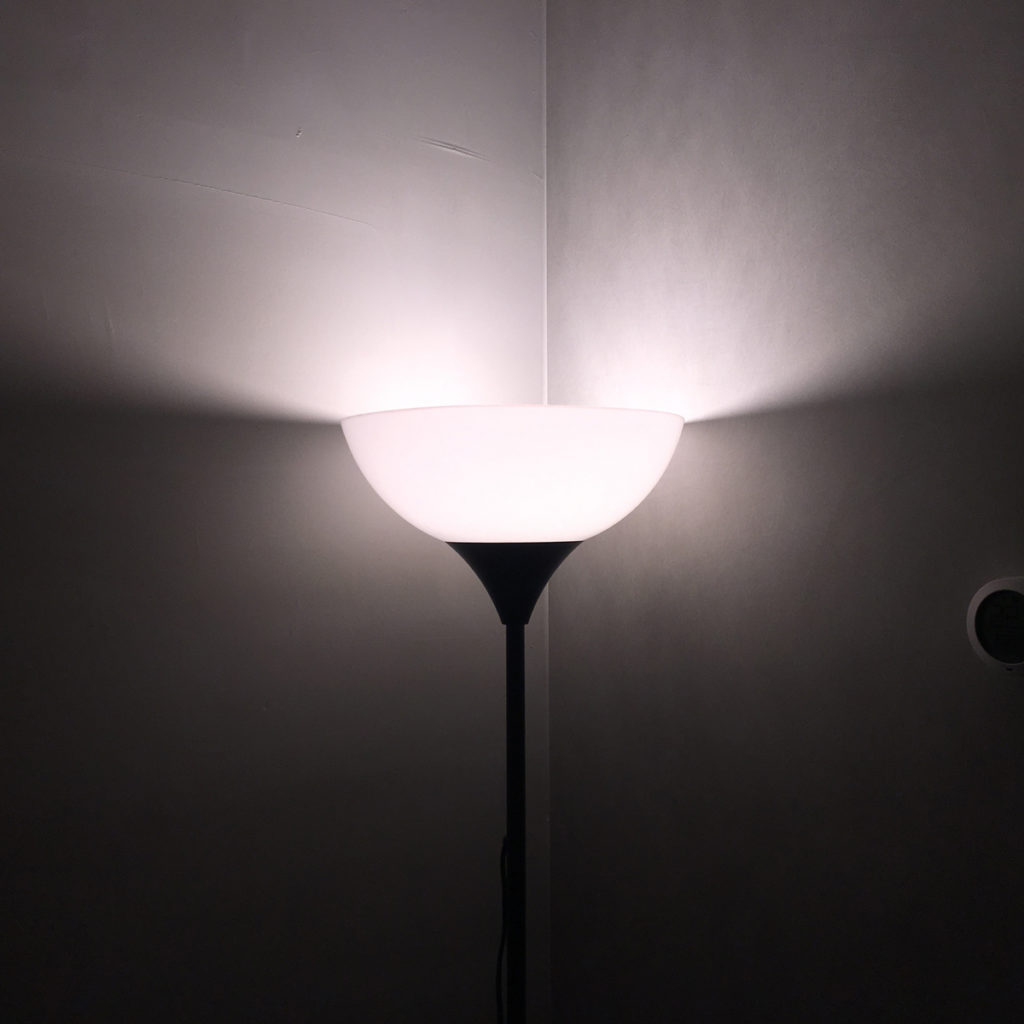
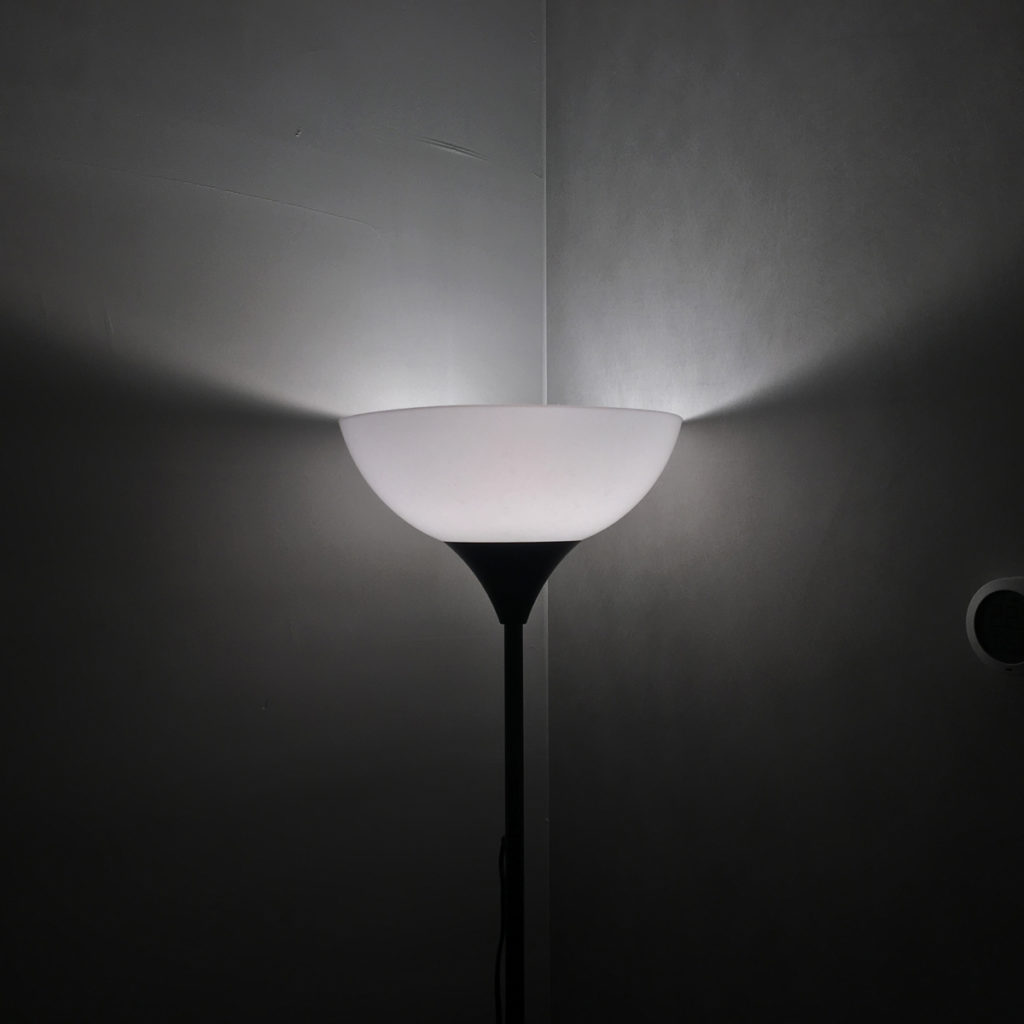

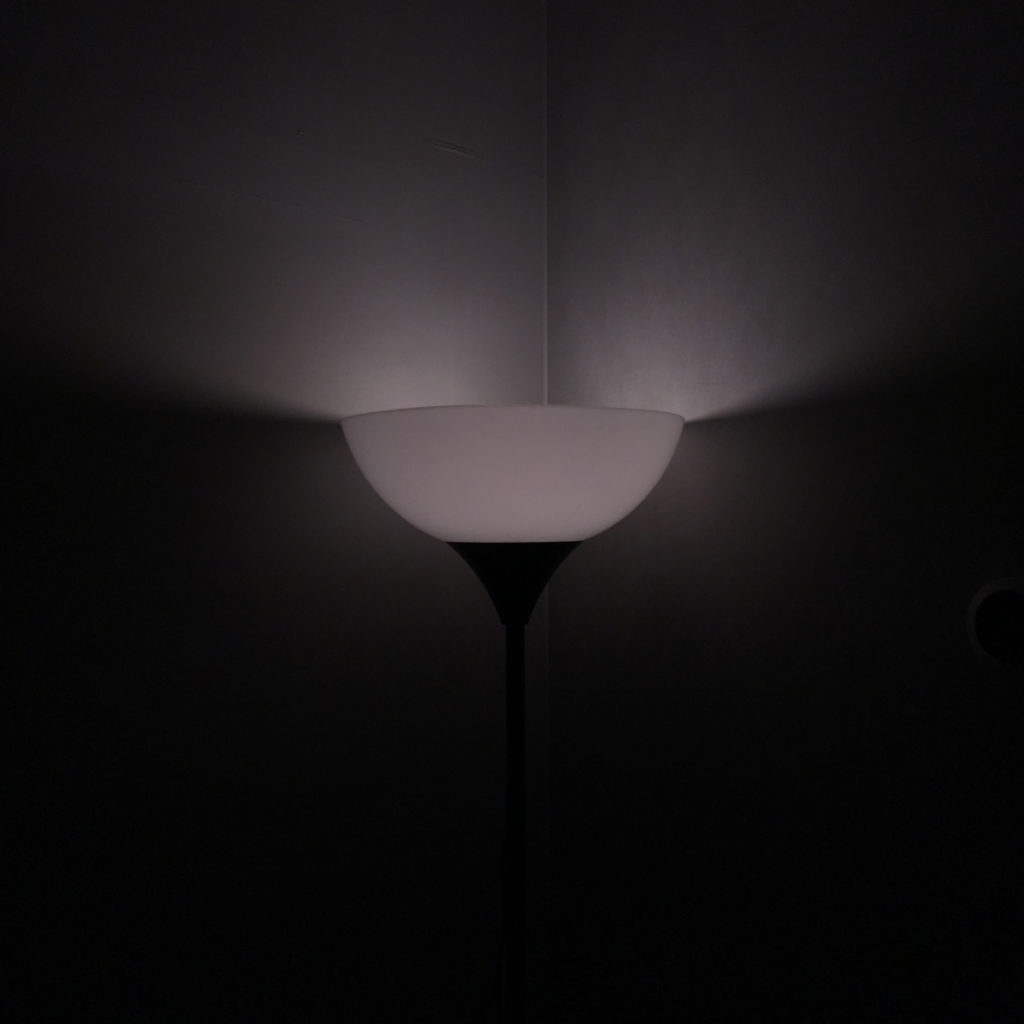

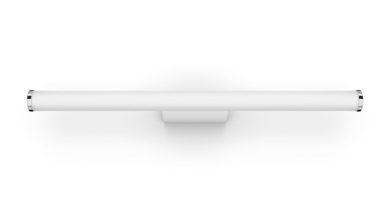
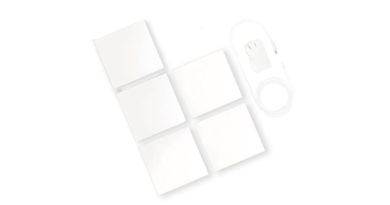
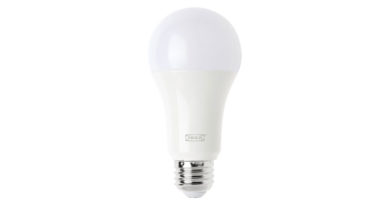
I have a bad experience with this… its a very affordable Apple Homekit light(without hub)…
But… it got disconnect within a week… I have it in my bedroom and only use it maybe a few mins a day and all of sudden it keeps blinking… like a ghost room… -.- because it’s disconnected somehow… anyway, I don’t feel like pairing it again…
So I think we should better stick with the big brand if we really want smart light, just my 2cents.
Only time will tell if I end with a similar experience I guess. I’ve only had them for 2 weeks, but so far no problems.
As an IT guy, I have seen way more DOA than most of the normal people…
So I really hate something doesn’t work properly as brand new!
So far, I have zero smart light in my house :X I am still trying to find a reason to buy one but I think a useful smart light should come with a motion sensor.
Light with a motion sensor – not been done before! Maybe that’s a gap in the market waiting to happen, although bulbs are generally obscured by a shade, so it could be an issue.
There are light with the sensor(I am using it and they even with one that only turn on when the light is lower than certain Light-UNIT) but it is not that smart, I want the motion sensor as a separate device so I can place that somewhere to trigger it.
https://www.amazon.com/gp/product/B07D13Y219/ref=oh_aui_search_asin_title?ie=UTF8&psc=1
This is the one I am using on 2nd fl hallway, so when we walk up the stairs, it will trigger it but we have to walk at least 1/3 of the stairs first…
Just to reply to my own comment.
You might ask if I have good reception in my room, and I have Aqara hub there as well, it can still talk to my router on the 1st floor and even all the sensors in the basement.
For sure, sometimes a good WiFi signal can’t fix a device with issues. These bulbs are about 2m from the router, so if they do start causing me problems, I’ll know it’s either not the WiFi – or the WiFi chip in them is inherently defective.
:/ remind me about my 2months old August Lock with apple connect…
I would get 5mins+ delay notification from Augustlock.app… randomly…
I was told by their CS that I should reboot my router and Apple TV… but I also did mention to them, Apple Homekit.app has almost instant push… not to mention the Aqara door sensor is as fast as Apple Homekit notification.
So I can tell it is not the problem on my internal network side.
Since the Apple Connect talks to my router then apple TV then push message to my phone.
Aqara door sensor talks to Aqara hub then to my router, its even a longer route in distance.
But when Apple Connect talks to my router then AugustLock’s server, I get a random delay…
I like smartlock, so I won’t return it and just ignore the door open/close notification from the Augustlock.app
I bought three Lifx Minis and all of them are now out of service. The initial setup was ok, during usage there was one or two “no responses” but I thought the bulbs were too far from the router. Then i wanted to move the bulbs to another home, did the restart procedure and all but no way they will connect, I basically gave up after five or so attempts. The Lifx app finds the bulbs but the Homekit connection procedure fails every time, tried to move the bulbs closer until they were next to the router but nothing. I even tried to connect the bulbs back to the initial home but got the same result. I do not know what to do, resetting is the only thing but I have done it already several times. The can not all be bad, they worked initially, so there must be some general issue with firmware or something.
If the LiFX app finds them but HomeKit doesn’t, it seems to suggest the issue could lie with HomeKit. Do you have a Google Assistant or Alexa setup that you can try to see if they work? That would then tell you if the bulbs are the problem or the connection to HomeKit.
I have only Homekit setup and yes I also think that there is a problem with Homekit connection. When they were working after the initial setup and gave an occasional “no responce” from Homekit, they were perfectly available and working in Lifx app. I have read the forums and it is not uncommon problem, some suggested to change router settings but I am not an IT-guy and it went a little bit over my head. On the other hand I have a lot of other devices, wifi bulbs, lamps and sockets, Zigbee hubs, BLE based sensors and sockets etc, they are all working reliably. So I think it would have been nice if Lifx did the IT work before taking my money but what can you do. Fortunately they costed me only 14 euros a bulb so no big losses there. Someday I might try to connect them again and maybe Lifx has released some updates and fixed the connection issues.
Update – it turned out that the bulbs did not like my iPhone nor my iPad home hub in my primary home. They had no problem with my home hub (iPad) in my second home and connected and worked right away, capricious little bastards…
At leaT you’ve solved the mystery. So you use iPads for hubs, is that right?
Yes, in my town house I have one iPad, I use it as an always on display and central unit on the hallway wall. I used to have problems with BLE devices and I bought an ATV but today it is not connected there. ATV was needed in my country house which is much bigger and old wooden building and because I had problems with BLE devices there, particularly with Eve Degree and Danalock. In addition to ATV there are two iPads as hubs also.
Today and seeing that one iPad in my primary home can reach BLE devices just fine I tend to think that the range might not be a major issue but rather some software problems with Homekit. As said, I had BLE problems with one iPad as a hub, bought an ATV, problems went away, removed ATV, everything still works – go figure.
There are definitely some bugs still to be ironed out for sure!